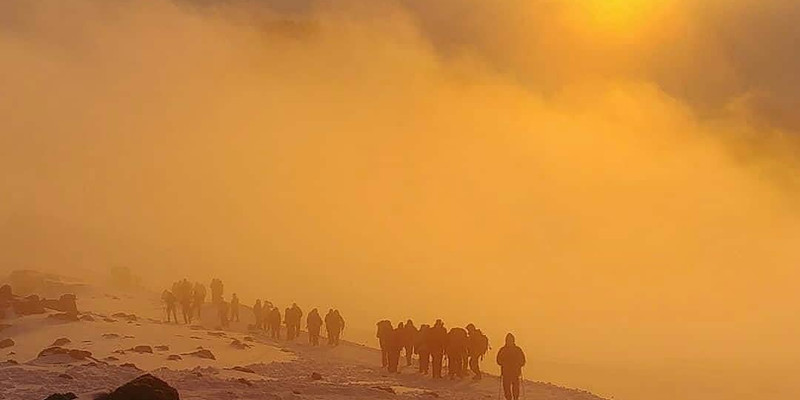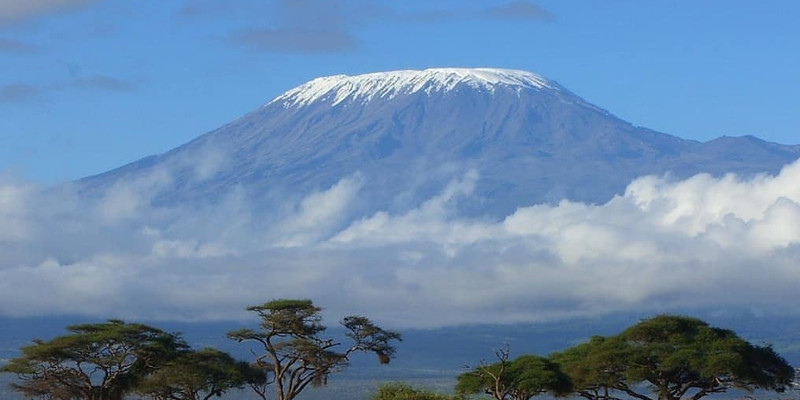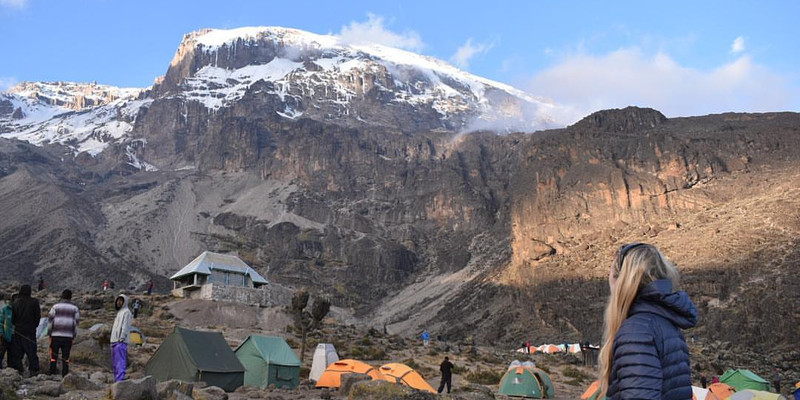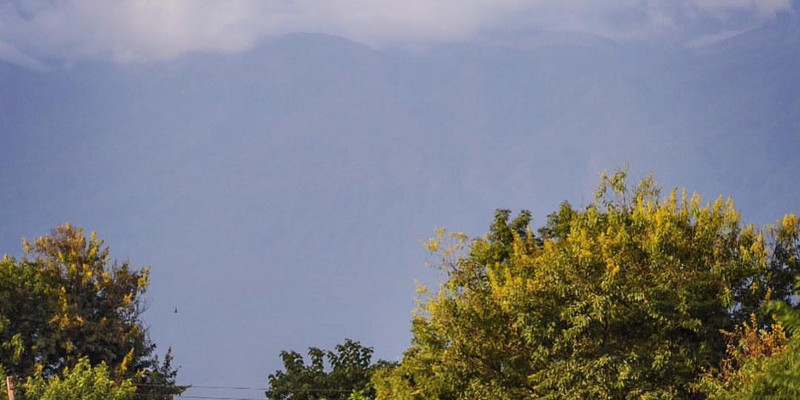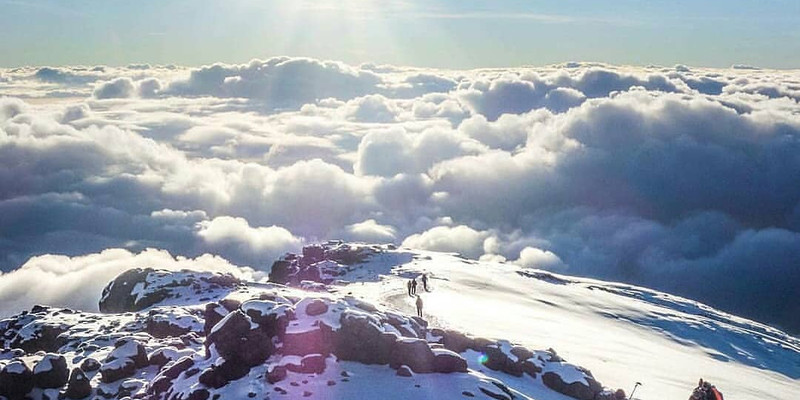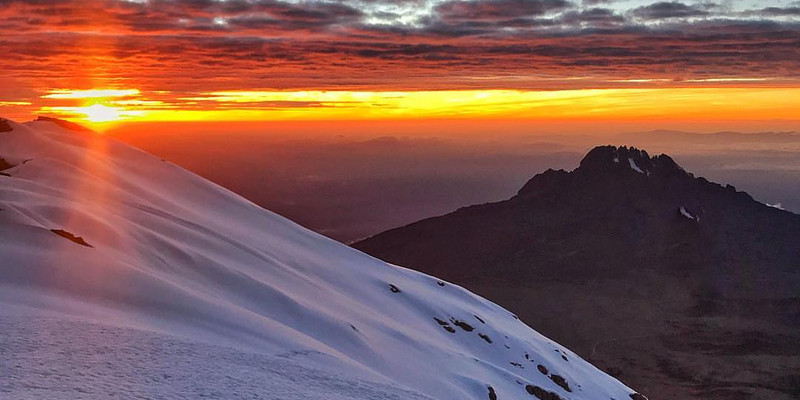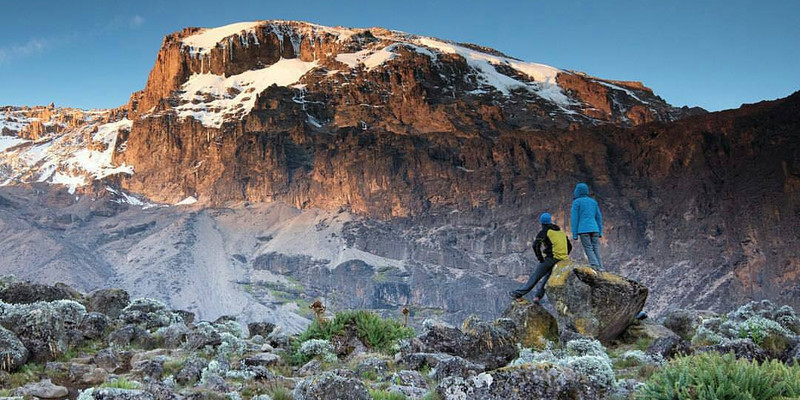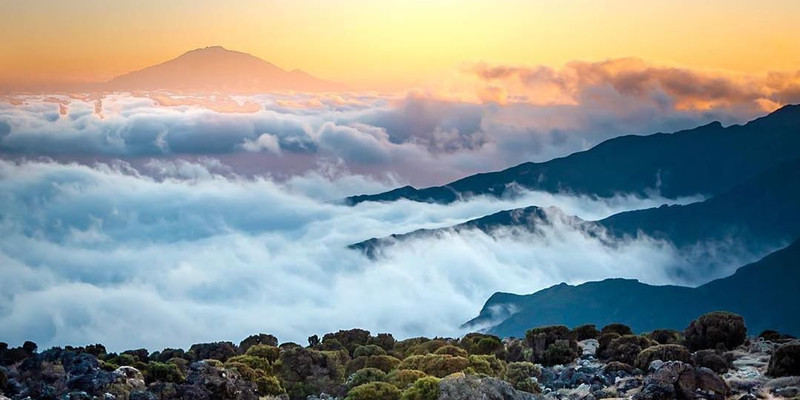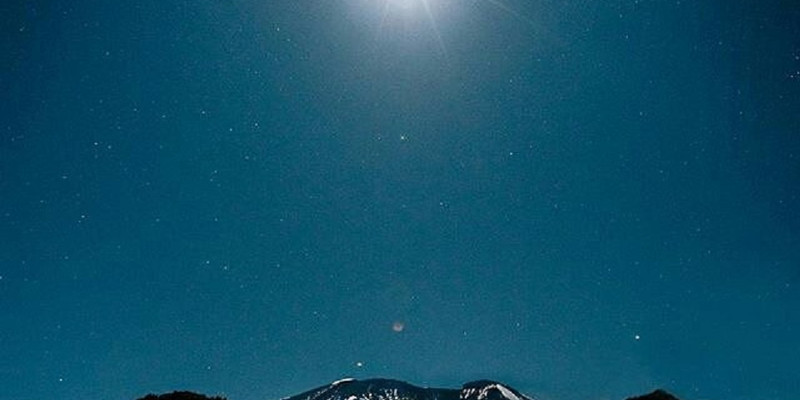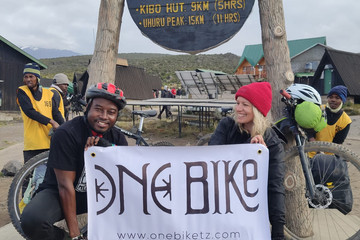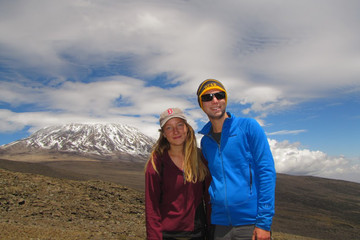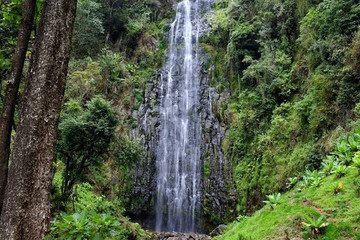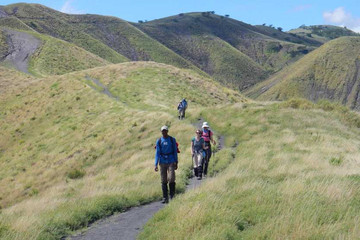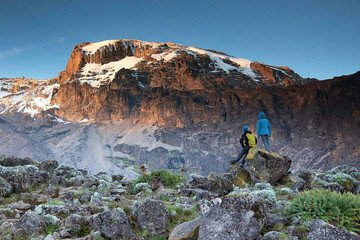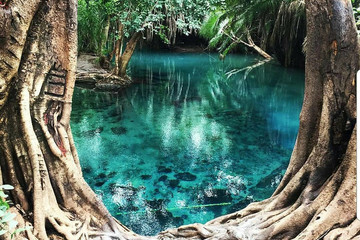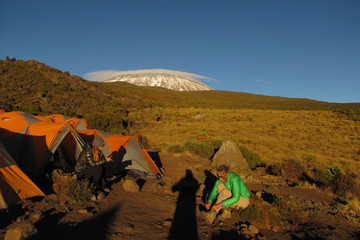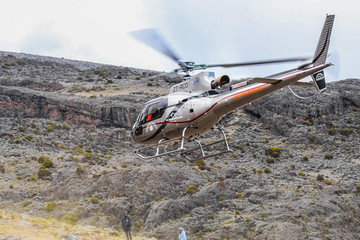Mount kilimanjaro (highest in africa) machame route
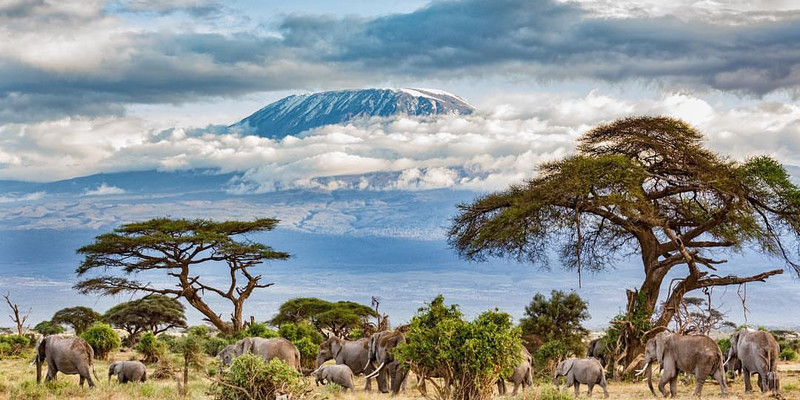
THE KILIMANJARO 6 DAYS HIKE (machame route)
Kilimanjaro is the highest mountain in Africa
The Machame route, also known as the "Whiskey" route, is the most popular route on Kilimanjaro. Machame’s draw is in its scenic beauty. However, the trail is considered difficult, steep and challenging, particularly due to its shorter itinerary. Therefore this route is better suited for more adventurous folks or those with some high altitude, hiking or backpacking experience.
Day 1 Machame Gate (1490m) – Machame Camp (2980m)
Hiking time: 7 hours
Distance: Approximately 18 kilometers
Habitat: Montane forest
After an early breakfast at your hotel, you will be picked up from Arusha (1400m) and driven to the Machame Village. In the village, you can buy mineral water and will receive a packed lunch. From the village, depending on the road conditions, you will either continue to drive from the village to the Machame gate, but if not, the muddy 3 km walk will take about 1 hour to complete. After registering at the gate office, you start your ascent and enter the rain forest almost immediately. There is a strong possibility of rain in the forest, which will transform the trail into a very soggy, muddy and slippery experience. You will have a welcome lunch stop about half way and will reach the Machame camping area in the late afternoon.
Your porters (arriving at the camp site long before you) will have erected your tent on your arrival. In the evening the porters will boil drinking and washing water and the cook will prepare dinner, before you retire to your tent for the night. Night temperatures can already drop to freezing point at this campsite.
Day 2 Machame camp (2980m) – Shira camp (3840m)
Hiking time: 6h
Distance: Approximately 9 km
Habitat: Moorland
You rise early at Machame camp and after breakfast you climb an hour or so to the top of the forest and then for 2 hours at a gentler gradient through the moorland zone. After a short lunch and rest, you continue up a rocky ridge onto the Shira plateau. By now you will be able to see in an easterly direction, the Western Breach with its stunning glaciers. You are now due west of Kibo and after a short hike you will reach the Shira campsite at 3 840m. The porters will boil drinking and washing water, before serving dinner. The night at this exposed camp will even be colder than the previous night, with temperatures dropping to well below freezing.
Day 3 Shira (at 3840m) to Lava Tower (at 4630m) to Barranco camp (at 3950m)
Hiking time: 7h
Distance: Approximately 15 km
Habitat: Semi-desert
The route now turns east into a semi desert and rocky landscape surrounding Lava Tower, where you reach an altitude of 4630m after about a 5 hours walk. Lunch is served in a designated area before ascending the rocky scree path to Lava Tower (4630m). This is definitely the toughest day so far. It is normally around this point, where for the first time, some climbers will start to feel symptoms of breathlessness, irritability and headaches. After lunch you descent again by almost 680m to the Barranco camping area and after reaching the high altitude of 4600m at Lava Tower, the true acclimatisation benefit of this day becomes clear. This descent to Barranco camp takes about 2 hours and offers great opportunities to take some beautiful photographs of the Western Breach and Breach Wall. The camp is situated in a valley below the Breach and Great Barranco Wall, which should provide you with a memorable sunset while you wait for the preparation of your dinner.
Day 4 Barranco camp (3950m)- Barafu camp (4550m)
Hiking time: 7h
Distance: Approximately 13 km
Habitat: Alpine desert
After spending a night at the Great Barranco Wall (a very imposing sight at first), you make your way up this awesome looking obstacle, which in the end normally turns out easier than what you anticipated. Topping out just below the Heim Glacier, you now appreciate just how beautiful Kilimanjaro really is. The route then heads down through the Karanga Valley over intervening ridges and valleys, and then joins up with the Mweka route. This is the preferred route down from the summit, so remember it. Turn left up the ridge and after another hour or so, you reach Barafu Hut.
The last water stop on the route is the Karranga Valley, as there is no water at Barafu camp. Barafu is the Swahili word for “ice” and it is a bleak and inhospitable camping area to spend the night. Totally exposed to the ever-present gales the tents are pitched on a narrow, stony, and dangerous ridge. Make sure that you familiarize yourself with the terrain before dark to avoid any accidents. The summit is now a further 1345m up and you will make the final ascent the same night. Prepare your equipment, ski stick and thermal clothing for your summit attempt. This should include the replacement of your headlamp and camera batteries and make sure you have a spare set available as well. To prevent freezing it will be wise to carry your water in a thermal flask. Go to bed at round about 1900 hours and try to get some precious rest and sleep.
Day 5 (Summit attempt) Barafu camp (4550m) – Uhuru Peak (5895m) – Mweka (3100m)
Hiking time: 8h to reach Uhuru Peak, 7 – 8h to descend to Mweka
Distance: Approximately 7 km ascent – 23 km descent
Habitat: Stone scree and ice-capped summit
You will rise around 23h30, and after some tea and biscuits you shuffle off into the night. You will head in a north-westerly direction and ascend through heavy scree towards Stella Point on the crater rim. For many climbers, this 6-hour walk to Stella point is mentally and physically the most challenging on the route. At Stella Point (5685m) you will stop for a short rest and will be rewarded with the most magnificent sunrise you are ever likely to see (weather permitting). From Stella Point you will normally encounter snow all the way on your 2-hour ascent to Uhuru Peak. The time you will spend on the summit will depend on the weather conditions. Do not stop here for too long, as it will be extremely difficult to start again due to cold and fatigue. Enjoy your accomplishment and a day to remember for the rest of your live. The walk back to Barafu from the summit, takes about 3 hours. Here you will have a well earned but short rest and collect the rest of your gear. The route is not difficult and will take you down the rock and scree path into the moorland and eventually into the forest. The camp is situated in the upper forest and mist or rain can be expected in the late afternoon. Dinner and washing water will be prepared.
Day 6 Mweka camp (3100m) – Mweka Gate (1980m)
Hiking time: 3h
Distance: Approximately 15 km
Habitat: Forest
Following a well-deserved breakfast, your staff will have a big celebration full of dancing and singing. It is here on the mountain that you will present your tips to the guide, assistant guides, chef(s), and porters. After celebrating, you will descend for three hours back to Mweka Gate. The National Park requires all hikers to sign their names to receive certificates of completion. Hikers who reached Stella Point (5685m) receive green certificates and hikers who reached Uhuru Peak (5895m) receive gold certificates. After receiving certificates, hikers will descend into the Mweka village for 1 hour (3 kilometers). You will be served a hot lunch then you will drive back to Arusha for long overdue showers and more celebrations.
Afterwards drop of to hotel in Arusha/moshi
Details
Good to know
tips are exclussive of tour price & will be expected to tip
Meeting Point
pick up from hotels in arusha & moshi
Upcoming Availibilities
Organized By
safari soles tours

safari soles is a mid size company dedicated to share an adventurous journey of exploring life and beauty of our country, like our clients we are passionate to learn, discover & explore the vast corners of the world. we therefore understand the excitement, constant thinking and yearning for every hour of everyday that a journey may cause and therefore invite you to partner with us on a stress-free journey in exploring this beautiful country with joy & much needed fun!!!.
